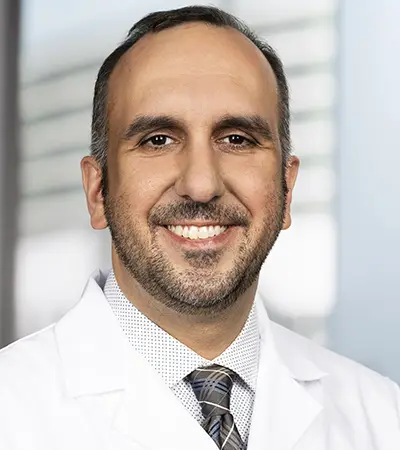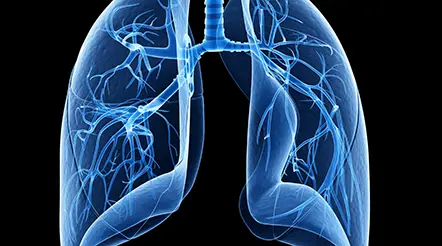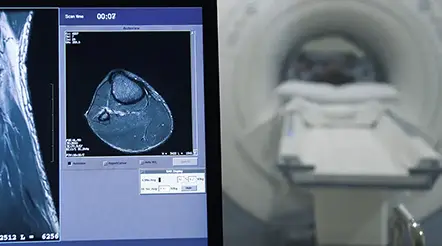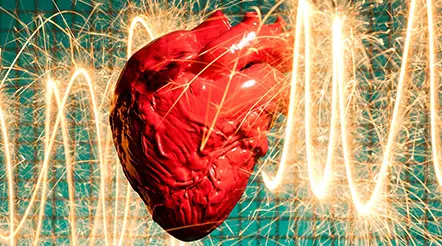


Introduction
Ann Kimball and John W. Johnson Center for Cellular Therapeutics at Houston Methodist
Houston Methodist Dr. Mary and Ron Neal Cancer Center
The Food & Health Alliance within the Houston Methodist Lynda K. and David M. Underwood Center for Digestive Disorders, Immunology Center and the Fondren Inflammation Collaborative
Houston Methodist Cockrell Center for Advanced Therapeutics
Paula and Joseph C. “Rusty” Walter III
Translational Research Initiative
Jerold B. Katz Academy of Translational Research
Infectious Diseases Research Fund
George and Angelina Kostas Research Center for Cardiovascular Medicine
New Endowed Chairs Positions
EnMed
Center for Bioenergetics
result
Clinical Research
Outcomes, Quality and Healthcare Performance
Restorative Medicine
Precision Medicine
Science in Service
of
Medicineresult
President's letter
2022 Metrics
Cycle of Translation
Visionary Gifts of Hope


Introduction

Ann Kimball and John W. Johnson Center for Cellular Therapeutics at Houston Methodist

Houston Methodist Dr. Mary and Ron Neal Cancer Center

The Food & Health Alliance within the Houston Methodist Lynda K. and David M. Underwood Center for Digestive Disorders, Immunology Center and the Fondren Inflammation Collaborative

Houston Methodist Cockrell Center for Advanced Therapeutics

Paula and Joseph C. “Rusty” Walter III Translational Research Initiative

Jerold B. Katz Academy of Translational Research

Infectious Diseases Research Fund

George and Angelina Kostas Research Center for Cardiovascular Medicine

New Endowed Chairs Positions

EnMed

Center for Bioenergetics

From Discovery to Clinic


What is "Discovery to Clinic"?

Clinical Research


Houston Methodist Conducts First-Ever Study into a Challenging Situation

Can Regulating Cellular Aging Mitigate Both Cancer and Heart Disease?

Innovative Treatment for Chronic Rhinitis is Safe and Effective


Masters of Disguise: Glioblastomas Trick the Immune System by Masquerading as Reproductive Tissue
Improved Options for Patients with Severe Retinal Vascular Disease

A New FDA-Approved Treatment for Sufferers of Chronic Constipation

Houston Methodist joins the Gulf Coast Consortia

Outcomes, Quality and Healthcare Performance


New Findings on RNA Helicases May Yield New Intestinal Disease Therapy

Houston Methodist and Pennsylvania State University Collaborate on a Smartphone App That Could Revolutionize Stroke Diagnosis

New Frontiers to Improve Cardiovascular Medicine and Disease Management

Ongoing Lessons in a Pandemic

Transplants can Boost Survival Rate of Patients with Unresectable Liver Cancers

Telehealth Video Visits During the COVID-19 Pandemic – a Glimpse into the Future?

SARS-CoV-2 Induced Chronic Oxidative Stress and Endothelial Cell Inflammation May Increase Likelihood of Cardiovascular Diseases and Respiratory Failure

Restorative Medicine


Lessening Pain After Knee Replacement Surgery

Do Motor Neurons First Die in the Brain? Study Provides Clues about ALS Origins

Bringing Back Hand Function in People with Complete Spinal Cord Injury

Novel Vascular Engineering Platforms Are a Boon for Bioengineering

Ultra-high-Resolution Scanner Reveals if Knee Injury Advances to Osteoarthritis

Houston Methodist Model Demonstrates Reversal from Heart Failure State, Creating the Potential for Innovative Treatment Avenues

Precision Medicine


Rapidly Scalable, All-Inducible Neural Organoids Could Facilitate Drug Screening for Neurological Diseases

Importance of the Coronary Artery Calcium Score in Risk Assessment and Prevention of Atherosclerotic Cardiovascular Disease

COVID-19 Infection in Crucial Brain Regions May Lead To Accelerated Brain Aging

Interleukin 9 Secreting Polarized T Cells Show Potential in Solid and Liquid Tumor Treatment

The NanoLymph: Implantable. Adaptable. Anti-cancer



Restoring Hand Function in Patients with Complete Spinal Injury




Discovery to Clinic

Restorative Medicine
Restoring Hand Function in Patients with Complete Spinal Injury
Spinal cord injuries’ devastating consequences rob a person’s physical and mental well-being. To improve the quality of life for those afflicted by spinal trauma, peripheral nerve transfers are a line of treatment that could restore some of the lost function in the muscles once receiving innervation from the injured portion of the spinal cord.
Amir Faraji, MD, PhD, Assistant Professor of Neurological Surgery, is one of the principal investigators of a multicenter clinical study to evaluate the outcomes of patients receiving a nerve transfer surgery for complete spinal cord injuries leading to a loss of function in the arm and hand. Currently, Houston Methodist is the only site in the southern United States that is enrolling patients for this Department of Defense-funded multicenter study.
“This project stemmed from my interest in treating spinal cord injury patients, which is an area that Houston Methodist has a history in for many years,” said Faraji.

The recovery from nerve transfers is slow and won’t restore the lost movement completely, but it will certainly improve quality of life vastly.


Amir Faraji, MD, PhD
Spinal cord injuries affect roughly one in every 1,000 people in the United States and could be caused by falls, vehicle accidents and infections, among other reasons. In addition to the physiological and medical impacts, the injury poses a huge psychological burden due to lack of functional independence, which deeply impacts an individual’s daily life. Thus, recovering some of the lost muscular functions due to the injury has been an active area of clinical interventions.
Among the available surgical options, tendon and peripheral nerve transfers have carved out a space for treating spinal cord injuries. A tendon transfer is an orthopedic procedure in which a working tendon is moved to a muscle whose function is lost. For example, if the hand function is lost, a working tendon from the arm is cut and reconnected to the hand. Faraji said that although the procedure could be done at any time after the injury, fine hand movements will still be lacking.
This limitation of tendon transfers, however, could be overcome with nerve transfers. In this procedure, a donor nerve originating from above the injury site in the spinal cord is transferred into a recipient nerve conduit in the arm that comes from below the injury. Faraji and his team’s study tests the efficacy of nerve transfers in patients that have little to no arm and hand function due to complete spinal cord injury.
For their clinical trial, the researchers included patients between 18 and 65 years of age who have sustained a traumatic injury to the C4-C8 region of the spinal cord no more than 36 months ago. These candidates also have little to no use of their hands and have received at least three months of nonoperative rehabilitation therapy. Prior to the nerve transfer, the patients receive preoperative electromyography and nerve conduction evaluations to ensure that the donor and recipient nerves are viable for nerve transfer. Most notably, if the patients are planning on undergoing a tendon transfer during the study period or have had a tendon transfer in the past, they are excluded from the study.
Although their study is still underway, Faraji noted that they have promising evidence that it is successful in allowing meaningful hand movements around 50% of the time. Further, the clinical study also keeps patients in occupational therapy so that the nerves are encouraged to grow toward their muscle target.
Faraji noted that one of the main goals of the study is to better define patient outcomes after the surgical procedure. With this information in hand, the outcomes of the patient could be optimized even further by promoting nerve growth with growth factors or electrical stimulation.
“The recovery from nerve transfers is slow and won’t restore the lost movement completely, but it will certainly improve quality of life vastly,” said Faraji. “If the surgery helps our patients hold a toothbrush to brush their teeth or grab their cellphones better, it goes a long way in improving their functional independence.”
More from Discovery to Clinic
















